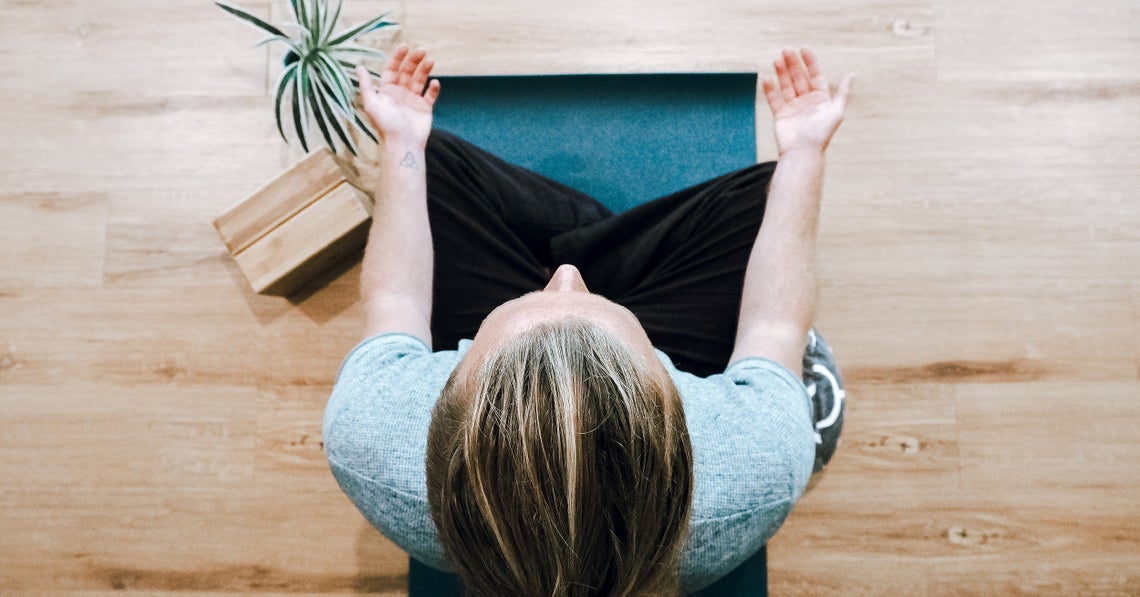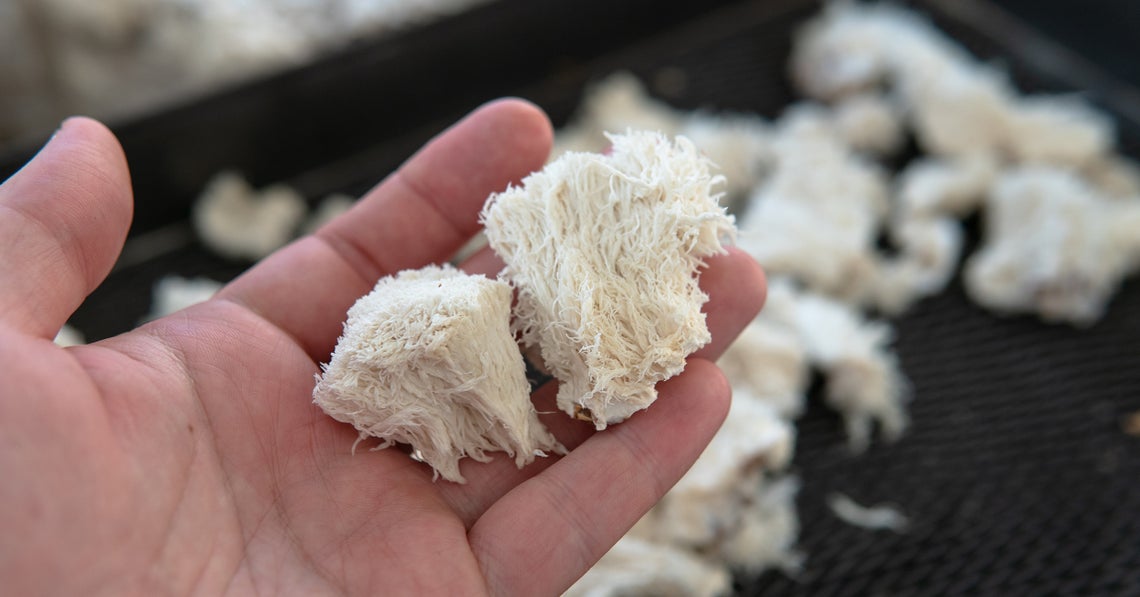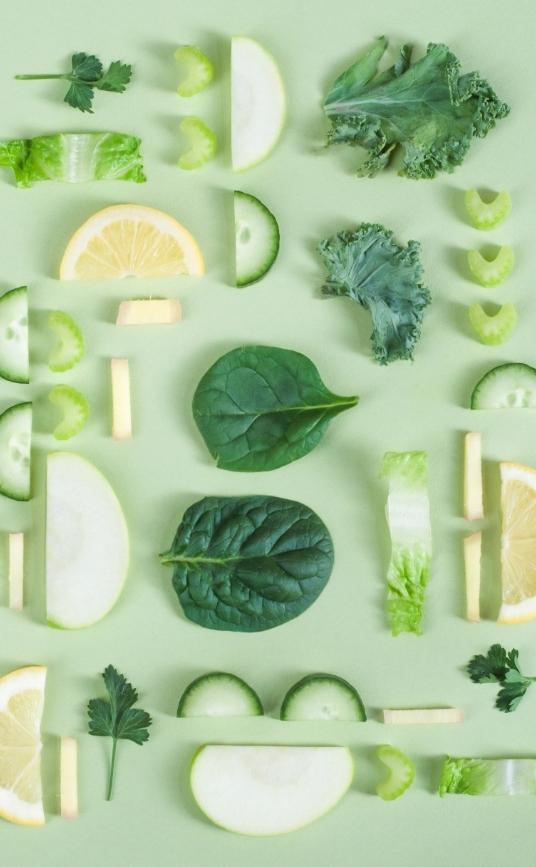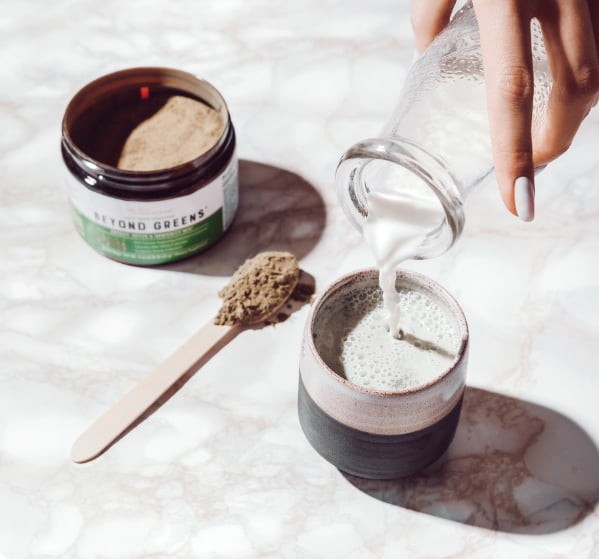You’ve probably heard of biohacking and maybe even tried a few techniques or gadgets. Perhaps you’ve gotten great results, or maybe you were left a little disappointed or confused. With so much info out there, it is hard to know what has real science behind it and what is just an influencer sales pitch wrapped in appealing jargon that may or may not have any real truth to it.
What Is Biohacking?
Biohacking is a broad term used for everything from simple lifestyle modifications to more extreme measures such as the implantation of microchips and other electronic devices into the body. Essentially, biohacking is using science to enhance your biology, and the approach you take depends on what the ultimate goal is. For example, if you want to support your brain function, you could try things such as cognitive-supporting supplements, cold water therapy, or brainwave stimulation devices. There are so many options out there it can be difficult to know where to start and what is actually effective.
Does Biohacking Work?
It’s not one-size-fits-all! Because biohacking encompasses so many possible lifestyle and body alterations, it’s impossible to say whether it works or doesn’t work. It has to be taken on a case-by-case basis, and even then, there is conflicting information out there. Generally, people do seem to feel great with certain supplements or energized after taking a cold shower, but some biohacks have been debunked as pseudoscience based on flawed assumptions. Some features of biohacking can even be dangerous, so use caution before trying experimental technology or extreme lifestyle transformation methods.
Is Biohacking Safe?
Don’t take it too far. Some aspects of biohacking, such as blocking blue light or grounding, are incredibly safe and have very few health risks. Unfortunately, a lot of biohacking influencers may promote untested (and expensive) technologies that may not be good for your health or may simply be a waste of time.

Start with the simple things: food, lifestyle, deep breathing exercises, and maybe a few targeted supplements. Avoid the extremes and anything that sounds a little too “out there.” Even supplements are not always safe or tested. Obviously, implanting some untested device under your skin has a lot of possible risks. Also, look out for companies or people trying to sell you some expensive technology that promises miracles or sounds too good to be true.
Different Kinds of Biohacking
Grinder
Use at your own risk. This is the extreme of biohacking, where people implant technology into their bodies or modify themselves in various ways to transform their biology. This is a subculture focused on becoming cybernetic organisms, cyborg-like, or accomplishing what’s known as transhumanism. Implantation devices such as LED lights, magnets, or flashlights into the skin are being sold online or being performed as a service in garages and backrooms. This can be dangerous, and these devices have not been tested for safety or even effectiveness.
DIY Biology
This aspect of biohacking has some really exciting possibilities but also comes with its own risks. The DIY biology movement is centered around at-home and community labs with non-traditional biologists that may not be able to validate their work on a large scale. These DIY scientists are experimenting on their own terms, creating technologies and making discoveries to benefit themselves or solve problems they see in the world without corporate/government funding or oversight. Some discoveries are incredibly useful, such as bio-engineering insulin or creating biodegradable ink. Others are more trivial, such as decoding the genome of the dog poop found on your front lawn to find the owner of the trespasser.
Nutrigenomics
Nutrigenomics is a budding field that combines genetic testing with nutritional modifications. The goal is to enhance the expression of certain genes by giving the cells biochemicals (targeted nutrients) that are shown to have different effects. Companies are popping up to offer services that analyze your genetic profile and make nutritional recommendations based on what they find. Dietary recommendations and specific supplements are designed to affect the body in positive ways, and a unique plan is created for each person depending on their genetic code.

Tech Device Biohacking
This is where the allure of biohacking can advance your health to new heights but send your bank account into the deep unknown. Tech devices include infrared light and saunas, rings that track the phases of your sleep cycles, heart rate variability sensors, grounding devices, smart scales that measure your BMI and vascular age, hyperbaric oxygen chambers, cryotherapy chambers, pulsed electromagnetic field therapy (PEMF) devices, the list goes on and on.
While some of these technologies are incredibly useful, such as helping monitor blood glucose levels, some may sound really cool but turn out to be a bit underwhelming. Before you drop big bucks on something, explore the reasoning behind why a device is helpful or what you can do with the information to help you enhance your health. So if you need to know what your temperature is at all times (not sure how this is helpful), there is a device for that, but ask yourself, what is the ultimate goal and purpose?
Lifestyle Biohacking
This is the most approachable and affordable way to biohack. Simple modifications in how you live, eat, and sleep can profoundly change how you feel. Many of these methods are based on ancient techniques and some on new information that science has brought us over the years. You can rely on blood tests, urine tests, saliva tests, microbiome tests, and others to tell you if your statistics are improving or simply learn to tune into your body and find what works best for you.
How to Try Biohacking at Home
We like a combination of techniques, tech devices, and lifestyle changes to bring about the highest quality of life we can accomplish. Nothing too extreme, and if it doesn’t seem to be effective, we move on.

Nootropic Biohacks to Try
Nootropics are one of the most commonly reached for biohacks. These targeted supplements that promise to deliver support for brain function are sometimes overpriced or not well supported by scientific research. Be wary of products that are cleverly marketed but have little value. There is also a whole class of nootropics known as “smart drugs” that usually contain synthetic ingredients that may not have been tested for safety. Others are high quality, clinically studied, and well designed to offer benefits for focus and cognition. Look for third-party tested products that are manufactured in an approved facility with independent sources of research. We like to stick to naturally derived nootropics with a history of safety and efficacy.
♦ Caffeine: Although some people don’t consider this a true nootropic, caffeine is a central nervous system stimulant with many effects that support cognitive function and focus. While going overboard would be counterproductive, a cup or two of coffee or green tea can help support brain activity, provide antioxidants, and benefit overall wellness.
A popular biohacking technique is to put a healthy fat source in your coffee to fuel your brain and avoid the midday crash. Adding grass-fed butter or coconut oil is said to be a good way to start your day off with something that slows down the digestion and absorption of caffeine for long-lasting energy and focus.
♦ Functional Mushrooms: Mushrooms have hit the mainstream, and so many people are turning to them to support their energy, focus, mental health, relaxation, and endurance. Each variety has its benefits, and a few of our favorites are lion’s mane, reishi, and cordyceps. These are great for promoting immune and gut health too!
♦ L-Theanine: This amino acid is found in green tea and is known for having a relaxing effect while also promoting mental clarity and focus.
♦ Ashwagandha: The root of this plant has been used for centuries in Ayurvedic traditions and is on the top of the list for many biohackers. Ashwagandha helps support long-term energy and focus by aiding in the maintenance of cognitive functioning, promoting glial health in the brain, and helping cope with everyday stress.
♦ Turmeric: This important herb might not be as well known for being a nootropic as it is for supporting joint health, but it has profound effects on brain health and cognitive functioning. Turmeric helps maintain neural connectivity, reduces common age-related cognitive decline, helps maintain memory, and supports learning abilities.

Biohacking Devices to Try
♦ Blue Light Blocking Glasses: More people are becoming aware of how blue light can negatively affect the eyes and sleep cycles. By wearing special glasses that filter out some or all of the blue light emitted from phones, computers, etc., you can help avoid the everyday strain put on your eyes and help keep your sleep cycles balanced and rejuvenating.
♦ Light Therapy Devices: Light devices of all colors, Near Infrared (NIR) light, LED masks, light pens, sunlamps, you name it, someone has thought of it. While sunlight is the most beneficial form of light, you’ve got to be careful about UVA/UVB exposure, and for some people, it can be difficult to get enough. Be careful with these devices as some can burn your skin, and you may need eye protection as well. Red light and NIR devices seem to be the most popular, but each color of the spectrum may have health benefits. People use these light devices to promote skin, joint, and mental health, encourage quality sleep, and maintain energy and alertness.
♦ Sleep Cycle Rings: These devices can help shine a light on whether you are getting enough of the most restorative phases of the sleep cycle. The non-REM deep sleep phase is when the body performs most of its mending and maintenance functions. REM sleep helps to process memories and emotions, and having a balance of all of the phases will help keep you feeling healthy and happy. These devices give you the chance to see what helps or hurts your sleep cycle, and you can make adjustments accordingly.
♦ Grounding Devices: Grounding or earthing is taking time to connect to the electrons emitted by the earth’s electromagnetic charge. While you can simply step outside to harness the benefits of grounding, these devices are great if you don’t have a lot of time or have limited access to the outdoors.
Lifestyle Biohacks to Try
♦ Breathwork: By experimenting with the breath, it is amazing how much it can affect the way we feel. Long known by practitioners of meditation, yoga, and pranayama, the breath can be used to calm the mind and induce relaxation. There are also techniques to spark your energy and streamline your focus, helping you find that blissful state of awareness paired with stamina and inner strength. You can reach for tools and tech to help you learn breathing techniques or find a teacher to help you navigate the ins and outs of optimal breathing.
♦ Elimination Diet: Although this is now called a biohack, elimination diets have been the tools of natural health practitioners for a long time before the word biohack was even created. Though it’s not a high-tech approach, it can still be a quite effective way to clean up your diet and reduce any foods that might be bothering you. There are several approaches to doing this, and it is a good idea to work with a health professional that can help you get it right and ensure you are getting enough nutrients and calories.
♦ Intermittent Fasting: This technique of resting your digestive system for 8-16 hours may positively affect your microbiome and support sustained energy levels. By giving your system a break, it allows the body to focus on cleansing functions, cellular health, and other maintenance activities that it can’t perform as well when it is busy digesting food. There is some debate whether this technique is effective for weight management, so that shouldn’t be the primary focus here. Also, if you have ever struggled with an eating disorder, are diabetic, or underweight, skip this one rather than skip your breakfast.
Waking Up To Wellness
Some promises of biohacking include promoting energy, strength, endurance, focus, emotional balance, weight management, and more. Yet, some of this comes at significant risk (or a high price!). People should be cautious before trying biohacks that push the body to extreme limits or experimenting with questionable technology. Before you jump on the biohacking craze, take a minute to look into what your health and lifestyle goals are. This will help you navigate through the hundreds of options and suggestions at your fingertips. If you want to go full throttle and try every device available, that’s ok; just be sure you are putting your energy toward things that align with your health goals and are easily incorporated into your lifestyle.









